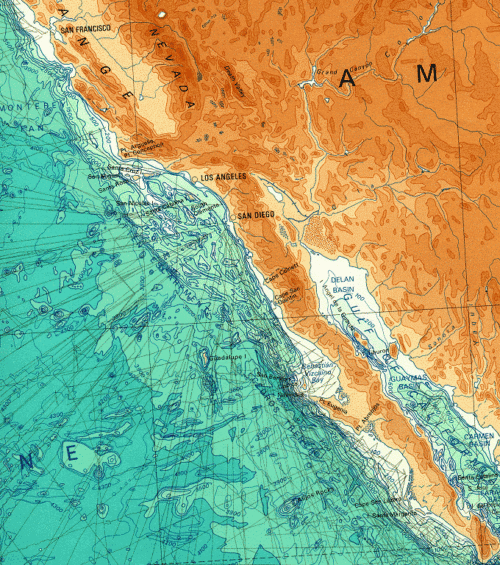A pair of videos from Statoil, the Norwegian state oil company, on building their first operational floating wind farm. You lose nothing by muting the awful muzak soundtracks.
Moving the underwater spars from Spain to Norway:
More interesting, mating the turbine to the foundation:
Statoil have had an experimental floating turbine operating for a while. This is the first proper wind farm, to be installed off Scotland, not far from the golf course Trump has been vainly trying to protect from visual pollution by similar nasty things. The farm is small by current offshore standards, only five turbines. But they are full size, 6 MW each. This is at the lower end of the current offshore size range, which goes up to 8 MW. Vestas’ latest model is 9.5 MW. Onshore turbines stop at around a third of that, because of the logistics.
Even with such small numbers, Statoil are still getting economies of scale: the transport ship for the foundation spars carries two. The floating crane, the really expensive piece of gear, assembles the five turbines one after the other in a sheltered fjord, presumably in much less time than it would need to emplace the same number on fixed foundations.
The next step is to tow the turbines across the North Sea, secure them with chains in 90m of water, and connect up the power cables. These operations should take much less time than building fixed foundations.
Will it work? This does not give the impression of stuff that is badly thought out and knocked together Brummagem style. Floating platforms have been used in deep water offshore oil drilling for some time, and there is nothing radical about the concept. In heavy seas and high winds, the turbines will sway a little. So what? It’s usually safer to give a little to the elements.
Statoil has a fair number of rivals, using a wide range of foundation designs. These are big engineering or shipbuilding companies, garage startups need not apply. One example is the French company Ideol, based near Toulon. Bloomberg survey of the field here.
The question is not really whether this will work but whether it can be done pretty soon at a similar price to conventional offshore wind. This has generated an astonishing price drop in the past year: the latest Danish auction was won at €49.9/mwh, half the going rate a year ago. The floating pilot is surely expensive. I would bet that the pioneers are playing safe on the designs and with experience can find ways of doing them lighter and cheaper. Mass production of a few winning designs in sheltered harbours would allow much greater economies of scale.
The potential market is big. Many coasts with dense populations have next to no shallow continental shelf. Virtually the whole Pacific coast of the Americas is like this, also the Pacific coast of Japan and most of the Mediterranean and the Black Sea. Floating foundations mean developers can pick the sites with the best wind resource, unconstrained by the seabed. Capacity factors should therefore be even higher than the common offshore 50%. They still need to keep fishermen away, a Good Thing for marine conservation. Area restriction works better than catch quotas, as it’s far easier to enforce and avoids the bycatch and over-catch problems.
California, from the Berkeley map library. Depths are presumably in feet.
We don’t strictly speaking need floating wind to secure the energy transition. Jacobson’s latest 100% renewable scenarios don’t count on it except for a few islands like Hawaii. Such penny-packet deployment won’t happen – either the technology is economic in many places or none. But every renewable technology that makes it from the speculative onto the really-works list adds an option and lowers the total cost. This one has the additional merit of offending Donald Trump. Something about the jaw-dropping size of these Big Dicks, perhaps?


(Muttering to myself:) Readers are weird. This post has aroused no interest, in spite of fun VIDEO of Norwegian workers in parkas doing stuff in the rain. The closely related geothermal one got plenty of comments and has topped Harold's important post on BCRA deaths in the popularity list for days now. OK, I put more work into it.